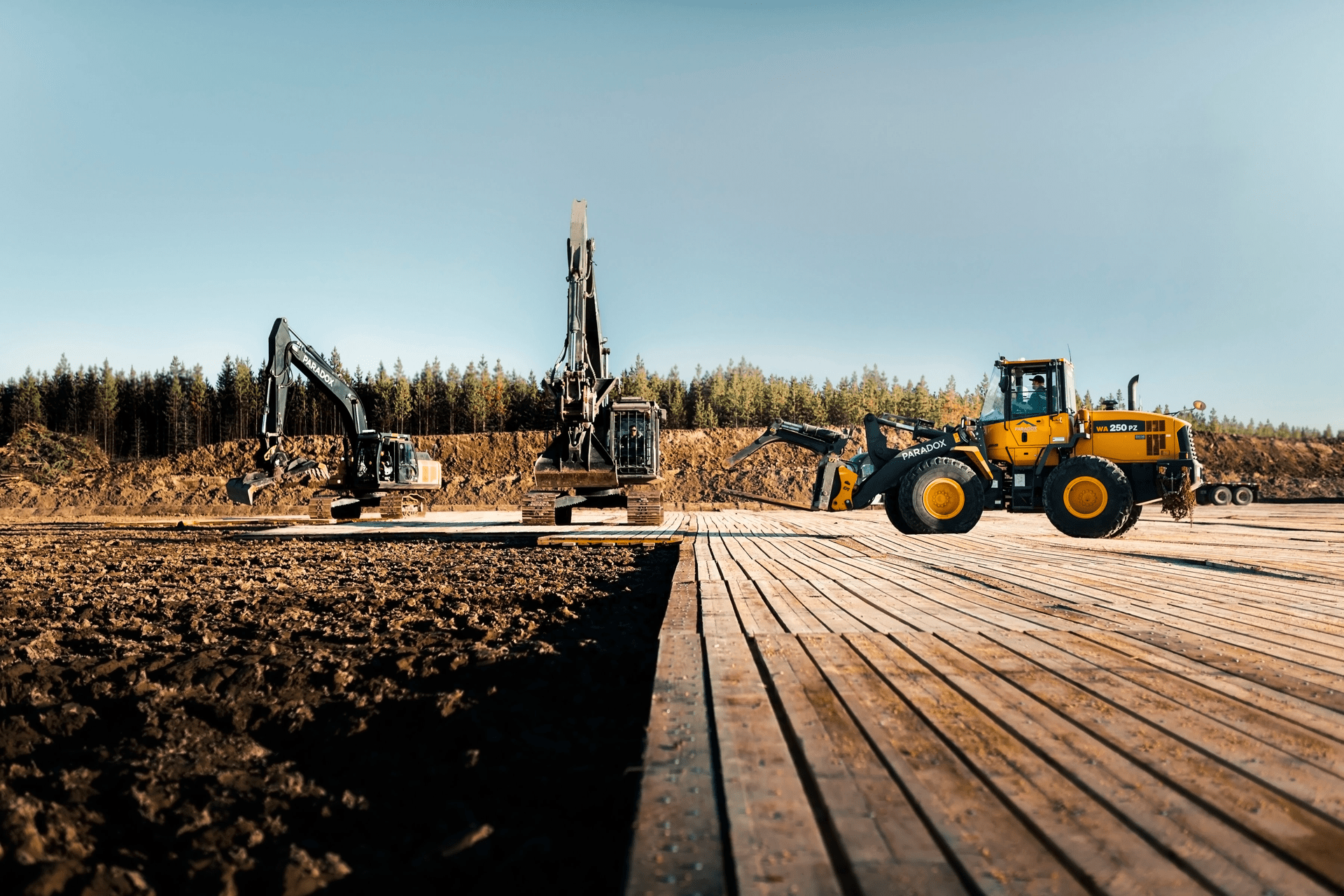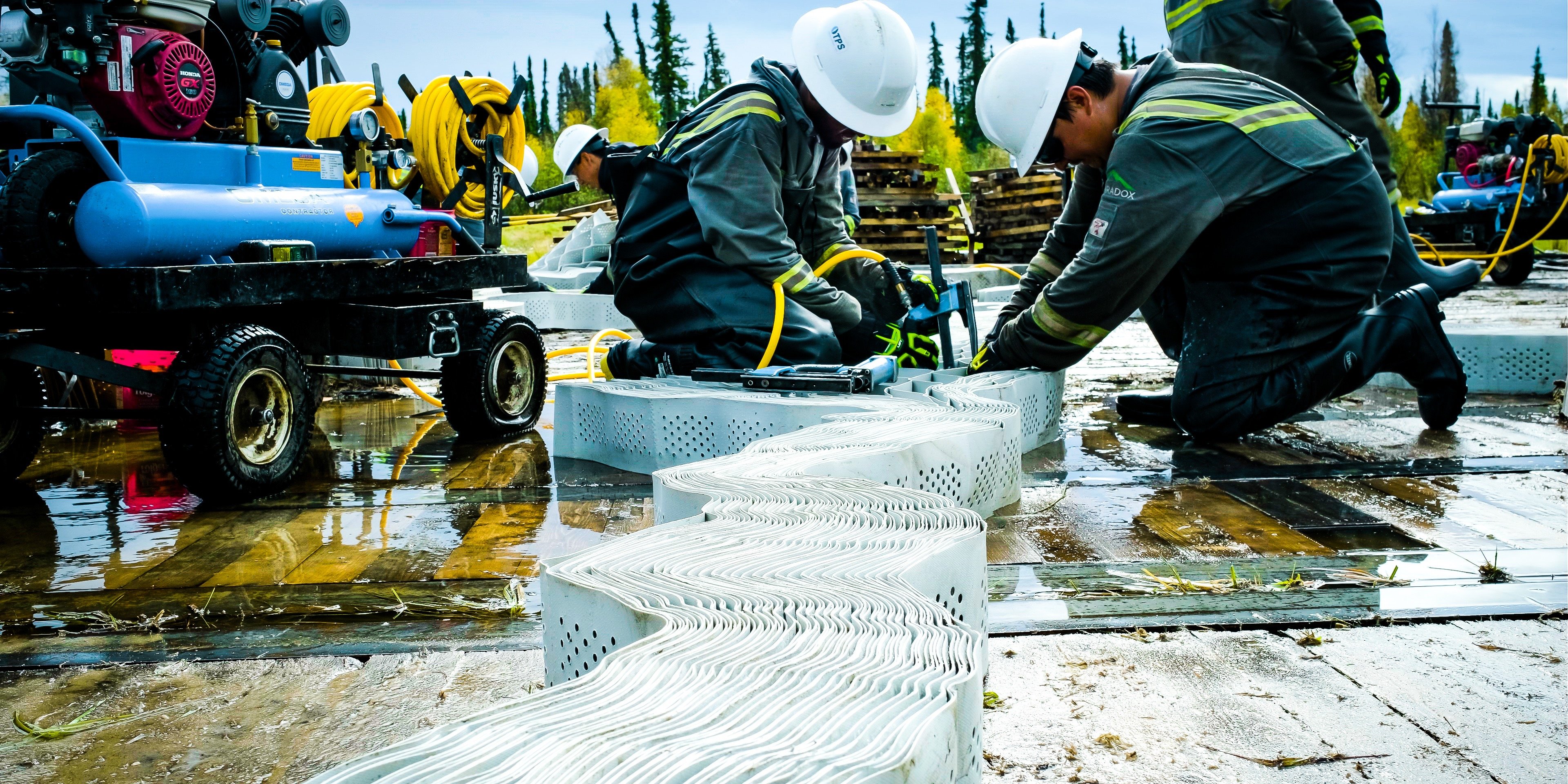24 April 2020
Access Granted in Buffalo Creek: A Trailer from Paradox
In a remote northern corridor of Alberta, Paradox worked around the clock to build an...

Paradox's Blog is a hub for thought leadership in the areas of construction, engineering, project management, leadership, and business in the civil construction and geotechnical engineering industries.

21 July 2022

For most of us, roads are long stretches of pavement that serpentine through the countryside and keep our cities organized in neat grids. But – as with anything – there’s a lot more going on beneath the surface.
 Across the earth, the composition and compactness of the ground varies wildly:
Across the earth, the composition and compactness of the ground varies wildly:
Regardless of how and where a road is constructed — whether it’s a temporary access road to service oil and gas activities, or a permanent, paved residential road — all roads are in a constant cycle of being built, maintained, repaired, and replaced… and this is no cheap endeavour.
 The cost of maintaining Canada’s public roadways
The cost of maintaining Canada’s public roadwaysTake, for example, the federal government’s recent announcement to allocate $159 million for the improvement of approximately 9.4 kilometres of highway in British Columbia’s interior region.
This is a huge financial commitment for a relatively small section of road — not to mention the enormous quantities of finite resources required. And, we haven’t even touched on the carbon emissions that could be released from the conventional roadbuilding techniques typically employed in this type of project.
When you consider that there are more than one million kilometres of roads in Canada that will all require maintenance, repairs, and replacement at some point — the importance of increasing our roads’ quality and longevity becomes crystal clear.
So, how can we continue to evolve our construction methods so roads last longer, while minimizing the environmental impact on the land our roads pass through?
At Paradox, we've been developing solutions that address this issue since 2009. Our matting and Tough Cell® solutions offer benefits that far surpass those of conventional road construction. We engineer roads that last up to 20 years before needing to be replaced, and for each stretch of road we build, we can provide true measurements of carbon savings.
It is a long established fact that a reader will be distracted by the readable content of a page when looking at its layout.
24 April 2020
In a remote northern corridor of Alberta, Paradox worked around the clock to build an...